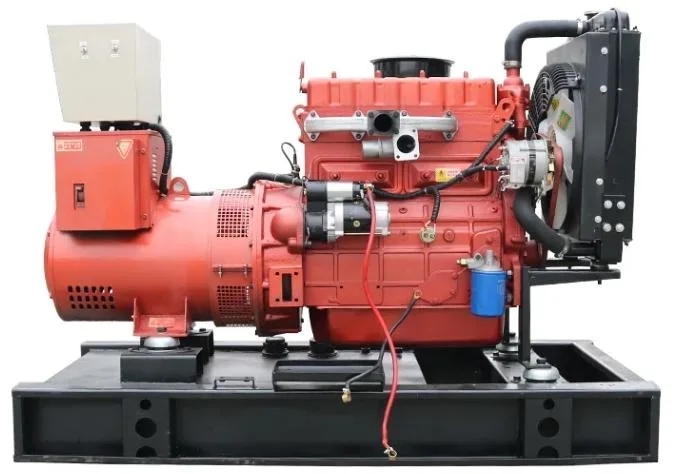Introduction
Diesel generators have long been a reliable source of backup power for various applications, including residential, commercial, and industrial settings. One key feature that makes diesel generators particularly well-suited for these applications is their ability to provide rapid load acceptance. In 500kw diesel generator for remote monitoring stations , we will explore the importance of rapid load acceptance in diesel generators, how it works, and the factors that influence it.
Importance of Rapid Load Acceptance in Diesel Generators
Rapid load acceptance refers to a diesel generator's ability to respond quickly and effectively to sudden changes in electrical load. In many applications, especially critical ones like hospitals, data centers, and manufacturing facilities, the ability to maintain a stable power supply during load fluctuations is crucial. Rapid load acceptance ensures that the generator can quickly ramp up its power output to meet the increased demand without causing disruptions or damage to the connected equipment.
In addition to providing backup power during outages, diesel generators with rapid load acceptance are also used in parallel with the grid to support peak shaving and load management strategies. By responding quickly to changes in load, these generators can help reduce energy costs and improve overall system efficiency.

How Rapid Load Acceptance Works in Diesel Generators
Rapid load acceptance in diesel generators is achieved through a combination of factors, including the engine design, the generator's control system, and the overall system configuration. When a sudden increase in load is detected, the control system signals the engine to increase fuel delivery and adjust the engine speed to match the new power demand.
Diesel engines are well-suited for rapid load acceptance due to their high torque output and fast response time. Unlike other types of engines, such as gas turbines, diesel engines can reach full power output within seconds, making them ideal for applications that require quick load changes.
Factors Influencing Rapid Load Acceptance
Several factors can influence the rapid load acceptance capabilities of a diesel generator. These include:
1. Engine Size and Design: The size and design of the diesel engine play a significant role in determining its rapid load acceptance capabilities. Engines with higher power density and faster response times are better equipped to handle sudden load changes.
2. Control System: The generator's control system is crucial for coordinating the engine response to load fluctuations. Advanced control systems can optimize fuel delivery, engine speed, and other parameters to ensure smooth and rapid load acceptance.
3. Fuel System: The fuel system's design and capacity can also impact the generator's rapid load acceptance capabilities. A well-designed fuel system that can deliver fuel quickly and efficiently is essential for maintaining power output during load changes.
4. Cooling System: The cooling system plays a critical role in ensuring the engine's reliability and performance during rapid load changes. Efficient cooling systems help prevent overheating and maintain the engine's optimal operating temperature.
5. Generator Size: The size of the generator relative to the load demand is another important factor to consider. Oversized generators may have slower response times and lower efficiency during sudden load changes, while undersized generators may struggle to meet the increased demand.
Conclusion
Rapid load acceptance is a key feature of diesel generators that makes them well-suited for applications requiring quick and reliable backup power. By understanding how rapid load acceptance works and the factors that influence it, users can choose the right generator for their specific needs. With advances in technology and engine design, diesel generators continue to evolve to meet the increasing demands of modern power systems.
